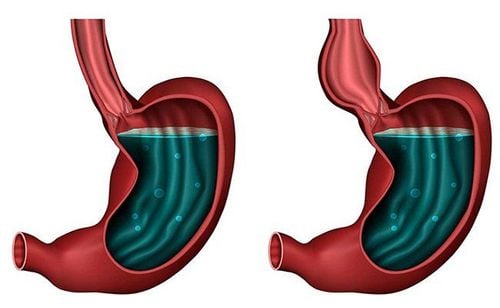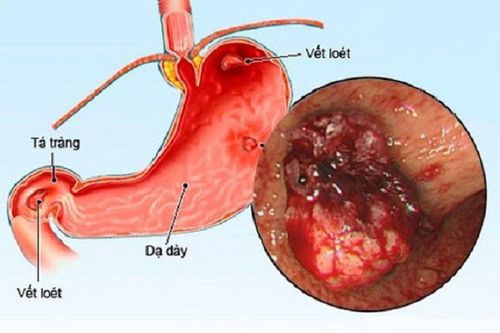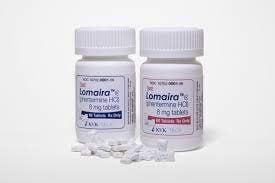This is an automatically translated article.
The need for energy and nutrition of subjects from 19 to 50 years old did not change much. However, in addition to meeting these requirements, adults should be physically active at a normal level for at least 150 minutes a week, along with the necessary micronutrient supplementation. they healthy health.1. Energy and substance needs in the nutritional menu for adults
Nutritional requirements for adults do not change much between the ages of 19 and 50, except during pregnancy or breastfeeding or if an individual's physical activity level suddenly changes. Energy requirements decrease when growth stops, usually after adolescence, but requirements continue to vary depending on the individual's age, sex, and activity level.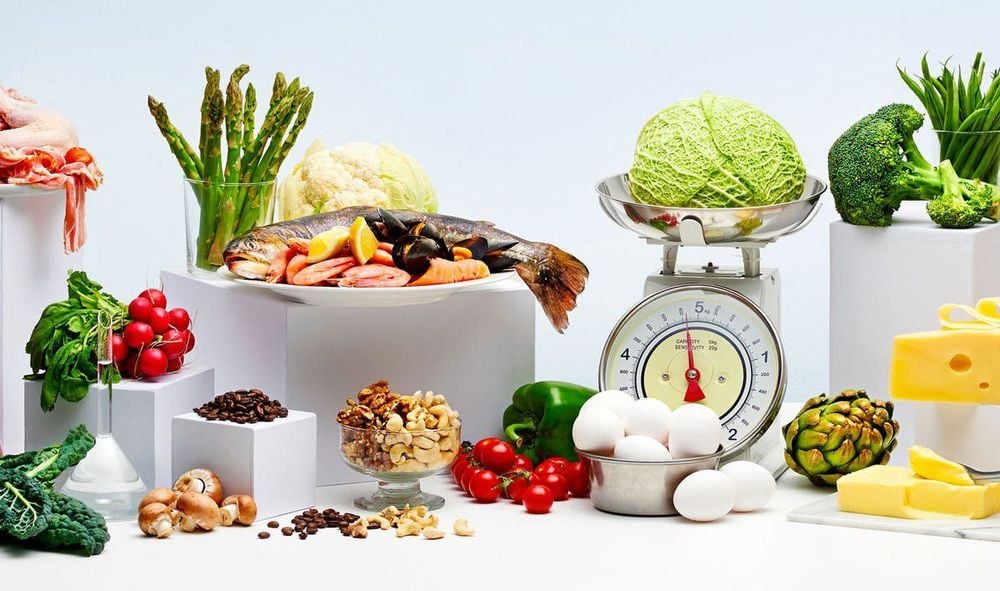
Nhu cầu trong thực đơn dinh dưỡng cho người lớn không thay đổi nhiều trong độ tuổi từ 19 đến 50
2. Ideal weight
Adults should pay attention to body weight matching height. This can be determined by determining the body mass index (BMI) (BMI = weight (kg) / height (m) 2). The ideal BMI for adults is 18.5-24.9 kg/m2, although this limit may not be suitable for athletes with high muscle mass, such as athletes. professional rugby players, these may have BMIs above healthy despite very little body fat (BMI does not distinguish between fat and lean body mass). In addition, certain ethnic groups have a higher risk of developing type 2 diabetes than white populations. New BMI thresholds have been promulgated by the National Institutes of Health (NICE) for Asian, Black and Afro-Caribbean populations to reduce the risk of type 2 diabetes. New recommendations. This use of a lower BMI threshold (23kg/m2 for increased risk and 27.5 kg/m2 for high risk of developing type 2 diabetes) and advises these groups to maintain BMIs below 25.Waist measurement is also considered a quick and effective way to assess overweight. Belly fat or visceral fat (fat that is concentrated around the waist) is known to pose a greater health risk than fat that accumulates in other parts of the body (such as the bottom or thighs). An increased waist circumference reflects an increased risk of cardiovascular disease and other types of chronic diseases such as type 2 diabetes. However, these risks tend to be different in different populations. Waist circumference greater than 80cm for women and 94cm\ for men increases the risk of weight-related diseases such as cardiovascular disease and diabetes. The greatest risk is for women with a waist measurement of more than 88cm and for men with a waist measurement of more than 102cm. For people of South Asian descent, stricter limits have been developed (increased risk ≥90cm for South Asian men and ≥80cm for women) as this ethnic group is at higher risk.
3. Overweight and obesity
Rates of obesity and overweight are on the rise around the world but rates in the UK are among the highest in Europe. Rates have gradually increased in recent decades. According to the British Medical Survey (2013), in the UK, 41% of men and 33% of women are overweight (BMI ≥25-29.9) and further 26% of men and 24% of women are obese ( BMI ≥30). The average adult waist circumference has also increased significantly in recent years. For men, the average has increased from 93cm in 1993 to 97cm in 2013 and for women from 81cm to 87cm over the same period.Weight gain is the result of a positive energy balance over a long period of time (often taking in more energy than is expended through normal bodily functions and physical activity). According to national survey data, energy consumption in the UK has been steadily decreasing in recent decades and average consumption is now well below the estimated average claim. However, survey data show that physical activity declines with age in both men and women and that almost a third of men and just under half of women aged 16 and over in the UK do not meet the activity guidelines. UK physical activity. Evidence shows that the most effective methods of weight loss combine a balanced, low-calorie diet with increased levels of physical activity. Regular physical activity is also important for maintaining healthy bones (especially weight-bearing and resistance exercise) and reducing the risk of chronic conditions such as heart disease, stroke, and diabetes. type 2.
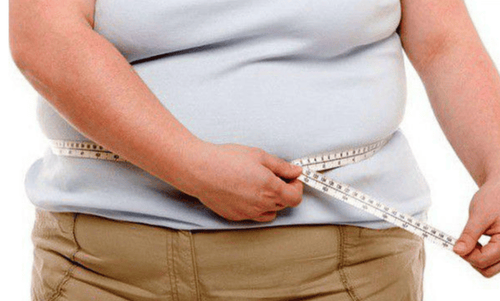
Tỷ lệ béo phì và thừa cân đang gia tăng trên khắp thế giới
4. Physical activity
Guidelines recommend that over the course of a week, adults should get at least 150 minutes (2 1⁄2 hours) of moderate-intensity exercise for 10 minutes or more (e.g., 30 minutes for at least 5 days) a week) or 75 minutes of vigorous-intensity exercise (or a combination of both. Moderate-intensity activities include brisk walking or cycling, and vigorous-intensity activities include those that cause shortness of breath and faster heart rate, such as running, swimming or soccer.Adults should also do muscle-strengthening activities at least two days a week and minimize sedentary time during long time.
5. Healthy balanced diet and lifestyle
A healthy, varied diet is one that is rich in bread, rice, potatoes, pasta and other starchy foods and fruits and vegetables; some milk and dairy foods; some meat, fish, eggs, beans, and other non-dairy protein sources, and only small amounts of foods and beverages high in fat and/or sugar. A nutritious diet for the elderly, not smoking, drinking alcohol in moderation, being physically active and maintaining a healthy body weight for height are all factors thought to contribute to a reduced risk of obesity. risk of chronic diseases such as heart disease, type 2 diabetes, and some cancers. Along with obesity trends, more and more adults are developing type 2 (non-insulin dependent) diabetes. Obesity is one of the risk factors for the disease. Losing weight and increasing activity levels can help prevent growth in people at high risk (overweight).
Người lớn cũng nên thực hiện các hoạt động tăng cường cơ bắp ít nhất hai ngày một tuần
6. Nutritional Supplements
Healthy adults who eat a healthy, varied diet that includes a variety of foods and at least 5 servings of fruits and vegetables per day should be able to get all the nutrients they need from their diet. surname. However, specific supplements may be beneficial for certain populations, such as pregnant women, older adults, and children, or if the diet is likely to be poor (eg: for people following restrictive diets or recovering from illness). For example, it is recommended that people 65 years of age and older take a vitamin D supplement (10 μg/day), particularly if women of childbearing age should take folic acid supplements (400 μg/day) to reduce the risk. neurological disease. tube defects in infants and calcium supplements may be beneficial for people at high risk of osteoporosis.However, supplements cannot be used to replace the adult nutrition chart with a healthy, balanced diet and supplements that contain high doses of individual nutrients often should avoid. For example, older adults who regularly eat liver should avoid taking supplements containing vitamin A (or retinol) of cod liver oil because they contain high levels of this vitamin, because of concerns about possible side effects. for bone health.
Any questions that need to be answered by a specialist doctor as well as customers wishing to be examined and treated at Vinmec International General Hospital, please contact the Website for the best service.
Please dial HOTLINE for more information or register for an appointment HERE. Download MyVinmec app to make appointments faster and to manage your bookings easily.
Reference source: nutrition.org.uk





